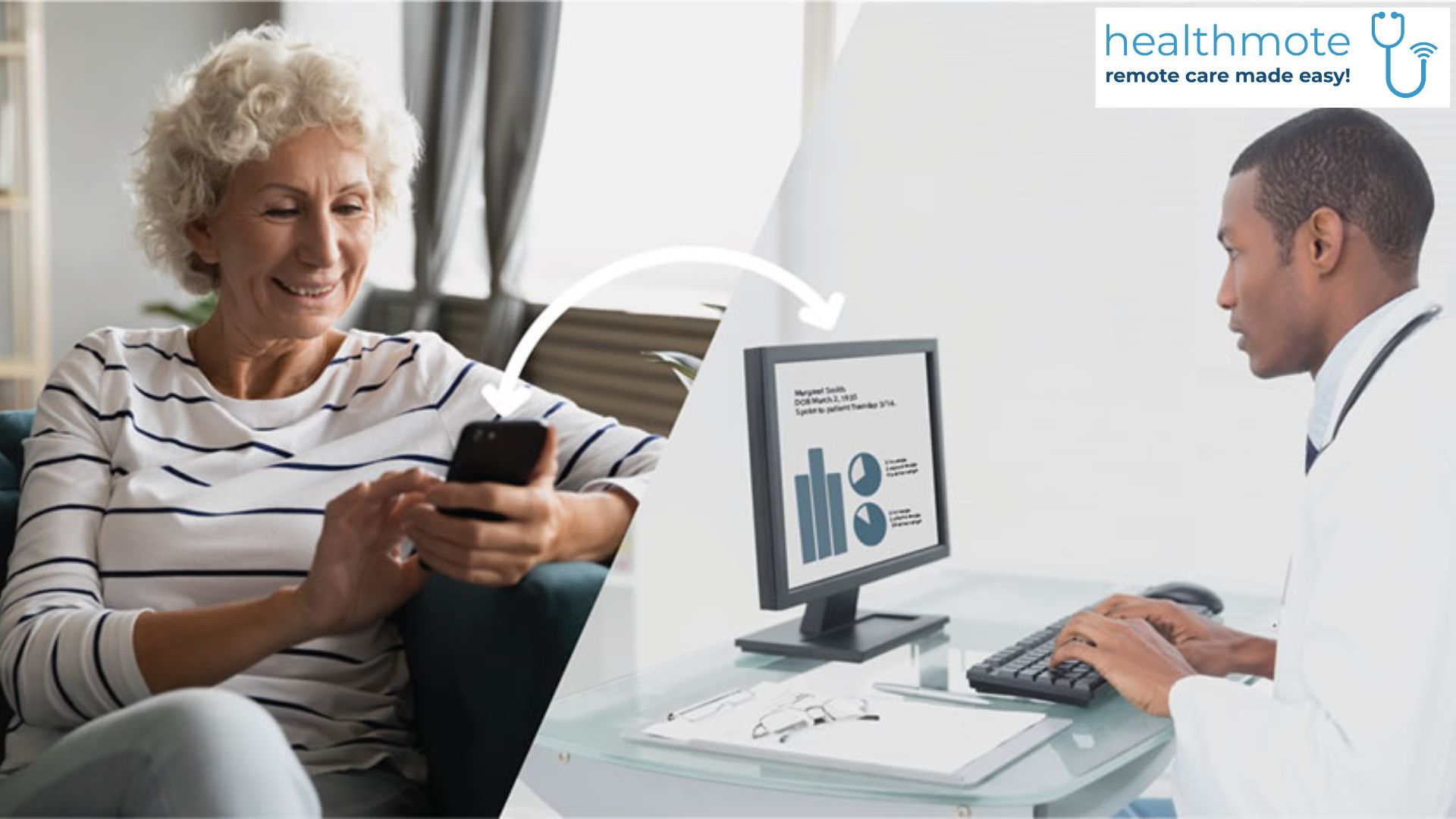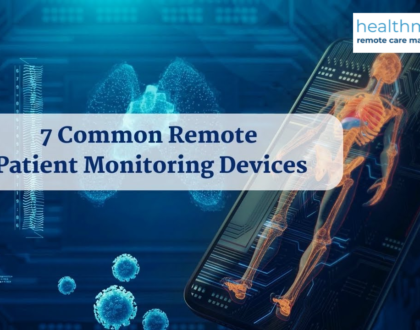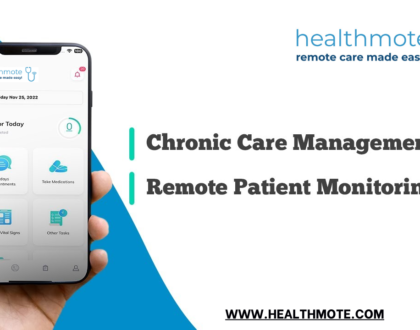
Remote Patient Monitoring: Why RPM Benefits Everyone
In today’s fast-paced world, the healthcare industry is constantly evolving to meet the needs of patients and providers. One significant advancement that has gained momentum in recent years is Remote Patient Monitoring (RPM).
This innovative approach to healthcare offers numerous benefits to both patients and healthcare providers alike. In this article, we will explore the advantages of Remote Patient Monitoring Service and why it is a win-win solution for everyone involved.
1. Introduction to Remote Patient Monitoring
Remote Patient Monitoring, often abbreviated as RPM, is a healthcare practice that involves the use of technology to monitor patients’ health remotely. This includes tracking vital signs, symptoms, and other health-related data without the need for frequent in-person visits to healthcare facilities.
2. Improved Patient Care
One of the primary benefits of RPM is its ability to improve patient care significantly. Patients can be monitored continuously, ensuring that any abnormalities or changes in their health are detected promptly. This proactive approach allows for early intervention and can prevent complications.
3. Enhanced Convenience
Patients no longer need to travel long distances or spend hours in waiting rooms for routine check-ups. RPM provides the convenience of monitoring from the comfort of one’s home, reducing the burden on patients and their families.
4. Cost-Efficient Healthcare
Remote Patient Monitoring can lead to substantial cost savings in healthcare. Fewer hospital admissions, reduced emergency room visits, and better management of chronic conditions contribute to cost efficiency for both patients and healthcare providers.
5. Early Detection and Prevention
RPM plays a crucial role in early detection and prevention of health issues. Continuous monitoring helps identify potential problems before they become severe, allowing for timely medical interventions.
6. Empowering Patients
Patients become active participants in their healthcare journey with RPM. They gain access to real-time data about their health, fostering a sense of empowerment and control over their well-being.
7. Streamlined Healthcare Workflow
Healthcare providers benefit from RPM as well. It streamlines their workflow by providing them with accurate, up-to-date patient data, enabling more efficient and targeted care.
8. Better Resource Allocation
With the ability to focus on patients who need immediate attention, healthcare resources are allocated more effectively, ensuring that critical cases receive the necessary care promptly.
9. Real-time Data Analysis
RPM offers healthcare providers the advantage of real-time data analysis. This means that trends and anomalies in patient data can be spotted and addressed without delay.
10. Customized Care Plans
Each patient is unique, and RPM allows for the creation of personalized care plans tailored to individual needs and conditions. This individualized approach elevates the standard of care offered.
11. Reduced Hospital Readmissions
RPM Services helps reduce hospital readmissions by ensuring that patients are closely monitored during their post-discharge period. This reduces the likelihood of complications and the need for readmission.
12. Chronic Disease Management
For patients with chronic diseases, RPM is a game-changer. It enables continuous monitoring, early intervention, and better management of chronic conditions, leading to improved quality of life.
13. Increased Patient Engagement
Patients become more engaged in their healthcare when they have access to RPM. They are more likely to adhere to treatment plans and take proactive steps to maintain their health.
14. Scalability in Healthcare
RPM is scalable, making it suitable for both small clinics and large healthcare systems. Its adaptability ensures that healthcare providers of all sizes can benefit from this technology.
In conclusion, Remote Patient Monitoring offers a multitude of benefits that make it a win-win solution for everyone involved. Patients enjoy improved care, convenience, and empowerment, while healthcare providers benefit from streamlined workflows and cost efficiency. With the ability to detect issues early, prevent complications, and enhance patient engagement, RPM is shaping the future of healthcare.
Frequently Asked Questions (FAQs)
Q1: What is Remote Patient Monitoring (RPM)?
Remote Patient Monitoring is a healthcare practice that uses technology to monitor patients’ health remotely without the need for frequent in-person visits.
Q2: How does RPM benefit patients?
RPM improves patient care, enhances convenience, and empowers patients by providing continuous monitoring and personalized care plans.
Q3: What are the cost-saving advantages of RPM?
RPM leads to cost-efficient healthcare by reducing hospital admissions emergency room visits, and better managing chronic conditions.
Q4: Can RPM be used for chronic disease management?
Yes, RPM is highly effective for managing chronic diseases, allowing for continuous monitoring and early intervention.
Q5: Is RPM suitable for all healthcare providers? Yes, RPM is scalable and adaptable, making it suitable for both small clinics and large healthcare systems.

 Linkedin
Linkedin

